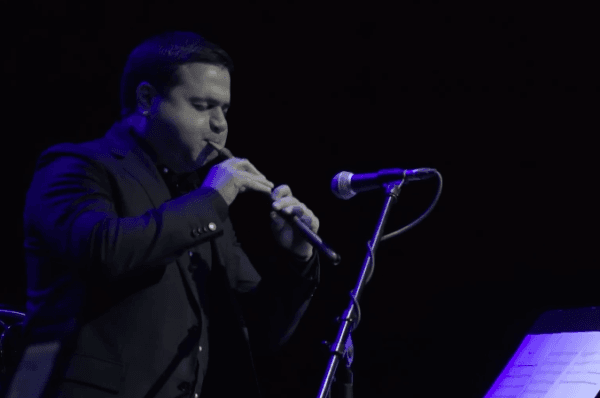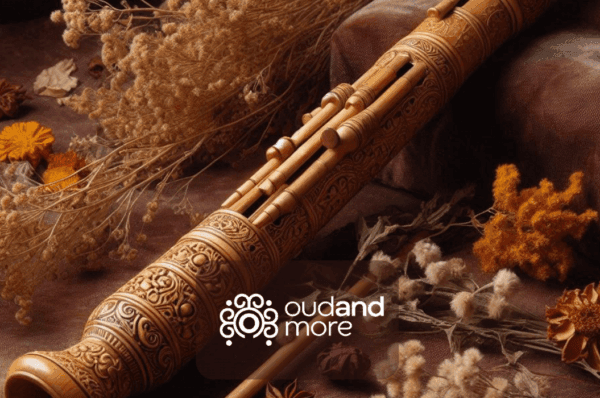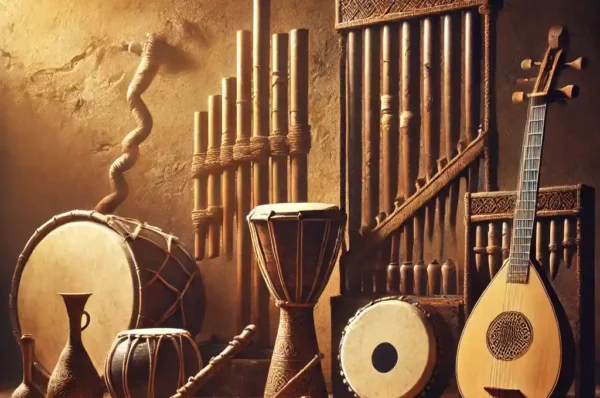Persian music, known for its deep cultural roots and rich, emotive melodies, is a significant aspect of Iran’s artistic heritage. The musical traditions of Persia date back thousands of years and have evolved through various historical and cultural influences. This article delves into the intricate frameworks that define Persian music, exploring its unique scales, rhythms, and structural elements.
1. Historical Context of Persian Music
Persian music has a history that spans over two millennia, with its origins rooted in ancient Persia, where music was an integral part of religious ceremonies and royal courts. Over centuries, it absorbed influences from neighboring regions, including the Middle East, Central Asia, and the Indian subcontinent. These influences, combined with Persia’s rich literary traditions, have shaped the distinct character of Persian music.
2. The Dastgah System: The Foundation of Persian Music
At the core of Persian music lies the Dastgah system, a modal structure that serves as the foundation for melodic composition and improvisation. Each Dastgah consists of a collection of modes (maqams) and a set of characteristic motifs known as gushehs. There are twelve primary Dastgahs in Persian music, each with its own mood, emotional expression, and associated times of day or night.
a. The Role of Maqams
Maqams in Persian music are akin to scales in Western music but are more complex due to their microtonal intervals. These intervals, known as commas, give Persian music its distinct sound, characterized by subtle pitch variations that can convey deep emotions. The maqam provides a framework within which a musician can improvise, allowing for both structure and creative freedom.
b. Gushehs: The Building Blocks of Dastgahs
Gushehs are short melodic phrases that form the core of each Dastgah. These phrases can be combined, varied, and developed to create a complete musical performance. The sequence of gushehs within a Dastgah follows a traditional order, but the musician has the flexibility to choose which gushehs to emphasize and how to transition between them.
3. Rhythmic Patterns in Persian Music
Persian music is predominantly non-metric, meaning that it does not adhere to strict rhythmic cycles as found in many other musical traditions. However, when rhythmic patterns are present, they are often intricate and syncopated. The rhythm in Persian music is closely tied to the poetry that accompanies it, with the music flowing naturally with the meter and accentuation of the verses.
4. Persian Musical Instruments
The unique sound of Persian music is also attributed to its traditional instruments. Some of the most prominent instruments include:
- Tar: A long-necked lute with six strings, producing a warm, resonant sound.
- Setar: A smaller lute with a more delicate, intimate tone.
- Santur: A hammered dulcimer with a bright, metallic sound, often used for fast, intricate melodies.
- Kamancheh: A bowed string instrument with a rich, expressive tone.
- Tombak: A goblet-shaped drum that provides subtle, complex rhythms.
5. The Role of Improvisation
Improvisation is a key element in Persian music, particularly in solo performances. Musicians are highly trained in the Dastgah system and the gushehs, enabling them to create spontaneous variations on traditional themes. This improvisational aspect is what makes each performance of Persian music unique, as the musician interprets the music according to their emotions and the audience’s response.
6. The Influence of Persian Poetry
Persian music is deeply intertwined with Persian poetry, particularly the works of classical poets such as Hafez, Rumi, and Saadi. The lyrical content of the poetry often dictates the mood and structure of the music. The emotional depth of Persian poetry is mirrored in the music, with the musician interpreting the verses through melodic and rhythmic expression.
7. The Cultural Significance of Persian Music
Persian music is more than just an art form; it is a means of cultural expression and communication. It plays a vital role in various social and religious ceremonies, from weddings to mourning rituals. The music reflects the values, emotions, and experiences of the Persian people, serving as a link between past and present.
The musical structures of Persian music are a testament to the rich cultural heritage of Iran. The Dastgah system, with its complex modes and improvisational nature, provides a unique framework that allows musicians to express a wide range of emotions. Combined with the influence of Persian poetry and the distinctive sound of traditional instruments, Persian music continues to captivate audiences around the world, preserving its timeless beauty and emotional depth.




